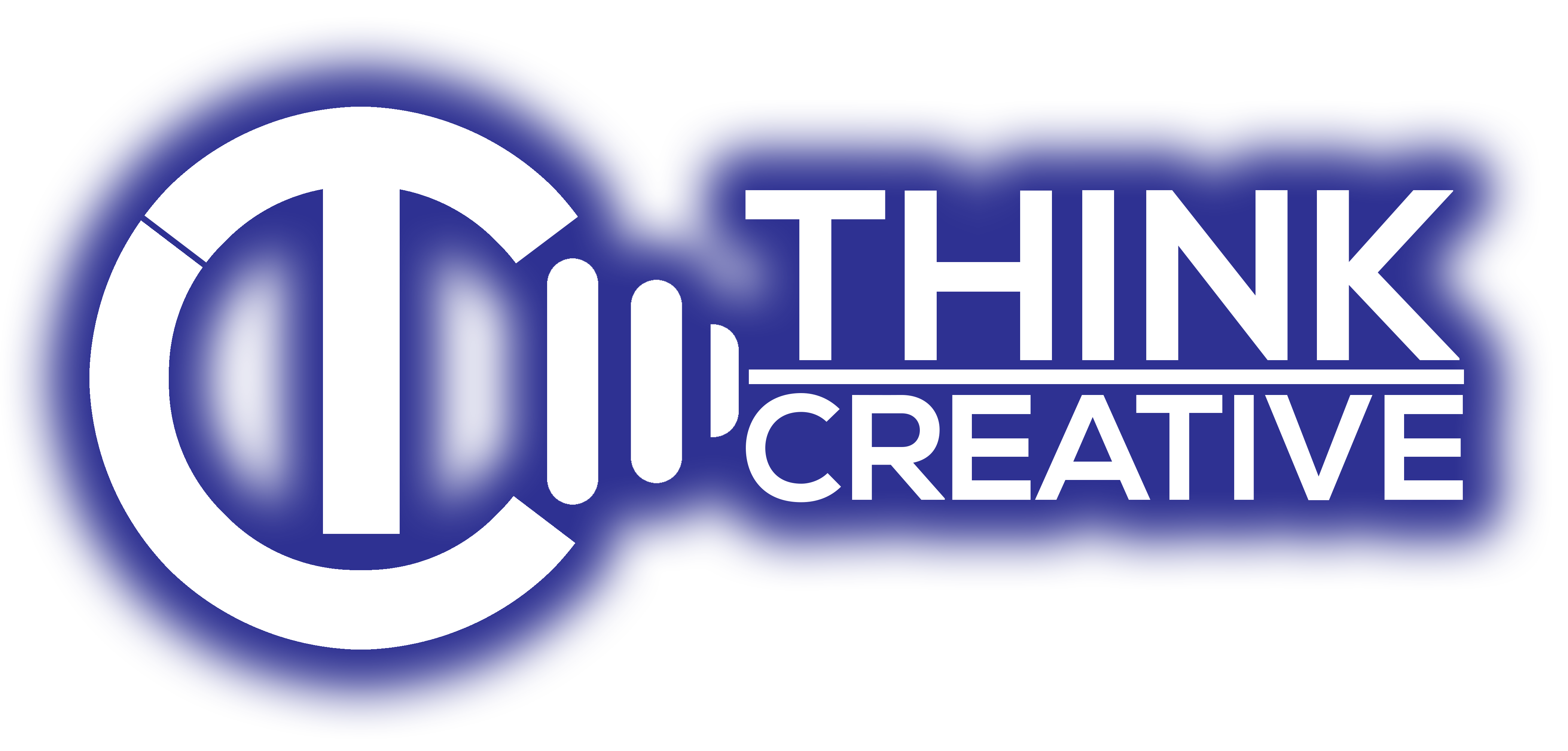In today’s digital landscape, successful marketing isn’t about choosing a single channel to focus on—it’s about seamlessly integrating multiple channels to create a cohesive and impactful marketing strategy. This approach, known as cross-channel marketing, allows businesses to reach their target audience effectively and maximize their return on investment (ROI). In this guide, we’ll explore the benefits of cross-channel marketing and provide tips on how businesses can use it to optimize their marketing efforts.
Understanding CrossChannel Marketing
Cross-channel marketing, also referred to as omnichannel marketing, involves the strategic use of multiple marketing channels to engage with customers at various touchpoints. These channels can include:
- Social Media: Platforms like Facebook, Twitter, Instagram, and LinkedIn.
- Email Marketing: Sending targeted emails to subscribers and leads.
- Content Marketing: Creating and sharing valuable content through blogs, videos, and more.
- Search Engine Optimization (SEO): Optimizing your online content to rank higher in search engine results.
- Pay-Per-Click Advertising (PPC): Running paid ads on search engines and social media.
- Direct Mail: Sending physical mail, such as postcards or catalogs, to targeted recipients.
- Events and Webinars: Hosting or participating in online or offline events.
- Mobile Marketing: Engaging with customers through mobile apps, SMS, or push notifications.
The Benefits of Cross-Channel Marketing
- Broader Reach: Cross-channel marketing allows you to connect with a wider and more diverse audience. Each channel reaches a different segment of your target market, ensuring that your message isn’t confined to one platform.
- Consistent Branding: Maintaining a consistent brand identity across all channels builds trust and recognition among your audience. Whether a customer interacts with your brand on social media, through email, or via your website, the experience should be seamless.
- Better Customer Insights: By utilizing multiple channels, you gather more data and insights about your audience’s behavior and preferences. This information helps you refine your marketing strategy for maximum effectiveness.
- Improved Customer Engagement: Engaging customers across various channels keeps your brand top of mind. It also allows you to adapt to their preferred communication methods, whether that’s social media, email, or in-person events.
Tips for Maximizing ROI with Cross-Channel Marketing
- Set Clear Goals: Before embarking on a cross-channel marketing strategy, define specific goals and objectives. Determine what you want to achieve with each channel and how they will work together to reach your overarching business goals.
- Know Your Audience: Understand your target audience’s preferences and behavior. This knowledge helps you tailor your messaging and channel selection to their needs and habits.
- Create Consistent Messaging: Maintain a consistent brand voice, style, and message across all channels. This ensures that customers have a coherent experience, regardless of where they engage with your brand.
- Segment Your Audience: Divide your audience into segments based on demographics, behavior, or other criteria. This allows you to send highly targeted and relevant messages through each channel.
- Leverage Automation: Use marketing automation tools to streamline your cross-channel efforts. Automate email campaigns, social media posts, and other repetitive tasks to save time and improve efficiency.
- Monitor and Measure: Regularly track and analyze the performance of each channel. Identify which channels are driving the most engagement and conversions, and adjust your strategy accordingly.
- Experiment and Adapt: The digital landscape is constantly evolving. Stay open to trying new channels and tactics, and be prepared to adapt your strategy as consumer preferences change.
- Integrate Data: Implement marketing technology that allows for seamless data integration across channels. A unified view of customer data helps you make informed decisions and create a more personalized customer experience.
In conclusion, cross-channel marketing is a powerful approach that enables businesses to maximize their ROI by reaching customers where they are and delivering tailored messages across multiple touchpoints. By setting clear goals, understanding your audience, maintaining consistent branding, and leveraging automation and data, you can create a cross-channel strategy that drives engagement, conversions, and ultimately, business growth. Embrace the versatility of cross-channel marketing to connect with your audience effectively in our digitally interconnected world.


Recent Comments